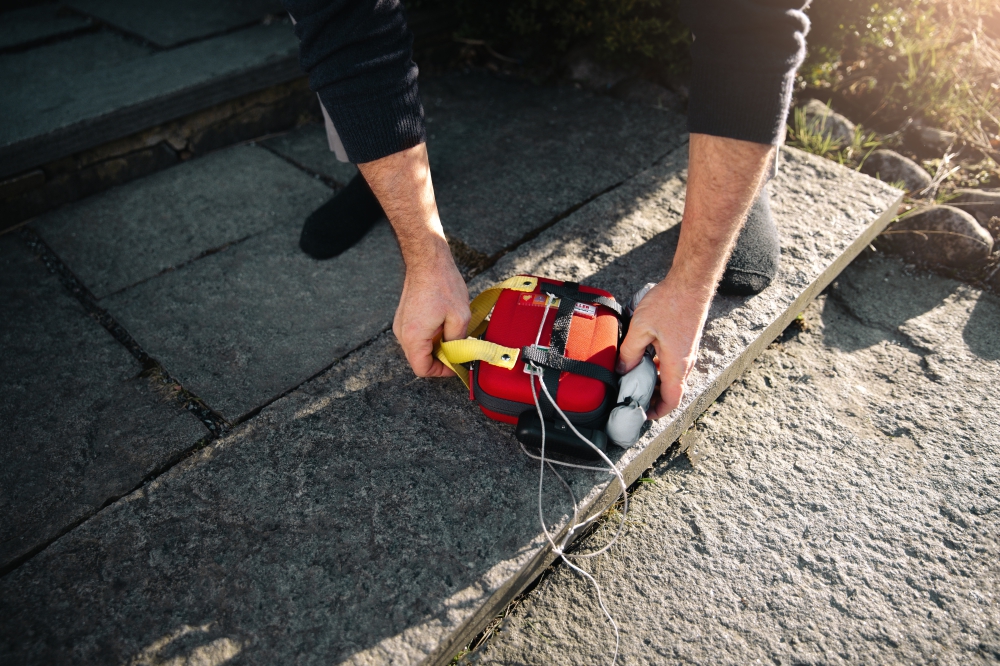Drones delivering defibrillators consistently outperform ambulances in the race to get life-saving treatment to people who have experienced heart failure, according to a landmark new trial in Sweden.
To see whether drones could cut the time taken to get defibrillators to collapsed patients, Andreas Claesson at the Karolinska Institute in Sweden and his colleagues launched a collaborative project with drone operator Everdrone and emergency services in western Sweden where drones and ambulances were dispatched to each suspected case of cardiac arrest.
In this prospective observational study, five AED-equipped drones were placed within two separate controlled airspaces in Sweden, covering approximately 200 000 inhabitants. Drones were dispatched in addition to standard emergency medical services for suspected out-of-hospital cardiac arrests and flight was autonomous.
https://youtu.be/zIYVKLSo6MA
Across the 55 cases, drones were quicker than ambulances 67 per cent of the time, and by an average of 3 minutes and 14 seconds.
“Drones can deliver automated external defibrillators in daylight, non-daylight, summertime and wintertime, and before emergency services in a majority of cases,” says Claesson.
However, he says the benefits also depend on whether there is someone next to the collapsed patient who knows cardiopulmonary resuscitation (CPR) and can use the delivered defibrillator.

Retrieving AED
Out of 18 cases in the trial in which a patient had actually gone into cardiac arrest, the caller had only managed to use the drove-delivered defibrillator on six occasions.
“We have shown that [the method of] transportation is really effective,” says Claesson. “What happens after that is dependent on local conditions and CPR knowledge.”
The researchers are now looking to expand the trial, and perhaps use drones to relay video footage of the scene to the ambulance dispatch centre to assist with locating a collapsed person. Claesson also envisages using drones in other emergency scenarios, such as delivering drugs like epinephrine for anaphylactic shock or tourniquets for bleeding.
The full study published in The Lancet is available here.
Sources: New Scientist; The Lancet

